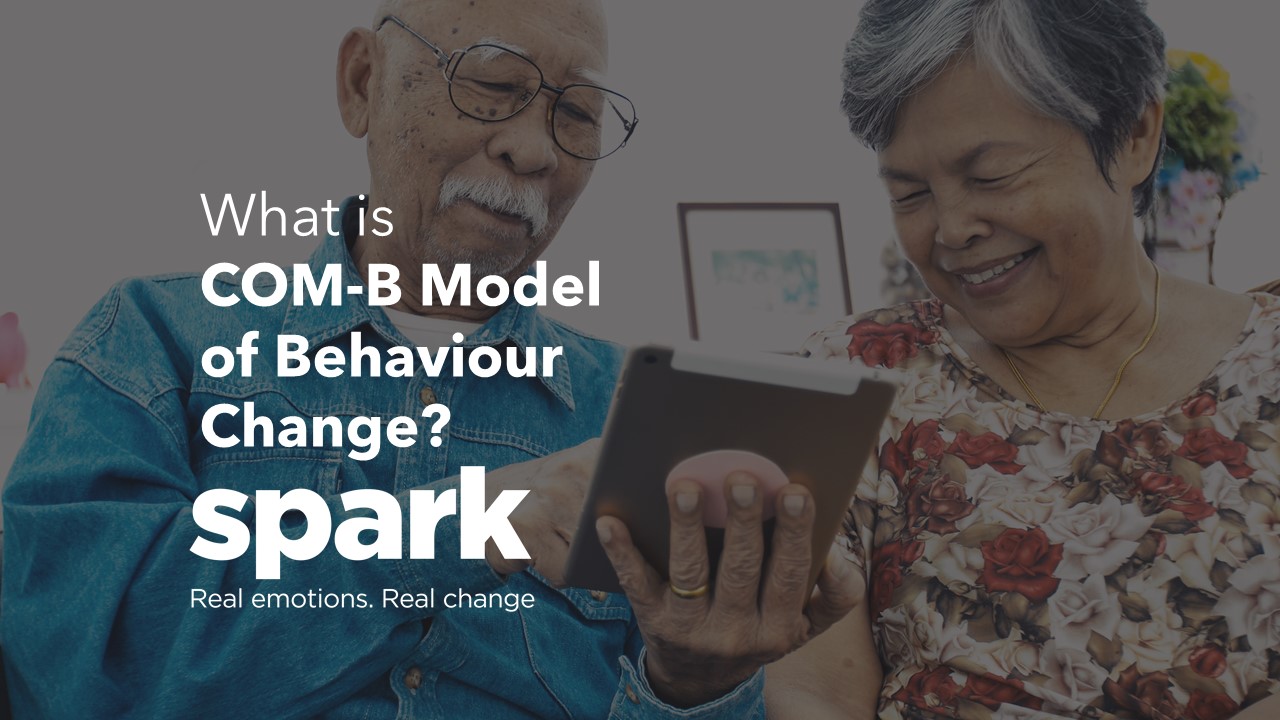To understand how people shop it is important to know what mental and physical conditions a shopper needs in order to complete a new behaviour. For example, this could be buying from a new, or unknown product category or brand.
The COM-B model of behaviour change does just that. This model suggests that for a new behaviour to occur, three necessary conditions must exist: capabilities (C), opportunities (O) and motivation (M). Capability is defined as a person’s physical and psychological capacity to engage in the desired behaviour. To be capable, a person needs to have the necessary knowledge and skills to complete the action. Opportunity is defined as the factors in the person’s environment that make that behaviour possible or prompt it, this includes the physical and social opportunity. Motivation is defined as that individual’s need or want to complete the behaviour.
In the COM-B Model of Behaviour Change, all three conditions must exist for a behaviour to occur but capability and opportunity can influence a person’s motivation to do so. In a retail environment, an example of this could be a person who is considering buying a cake baking kit. If they have the knowledge, the tools and the ingredients are available on the shelves, they will be more motivated to buy the baking kit than someone who is more limited in those conditions.
Finally, while all three conditions influence the likelihood of a behaviour occurring, the completed behaviour can then influence the conditions. For example, once a person has successfully baked their cake, they will be more capable, and therefore motivated, to do (buy) it again.
To learn more about the brain, please click here for more articles on why we behave as we do or get in touch with us here.






One thought on “What is the COM-B model of behaviour change?”